Not sure what next step for these drawings...wwyd?
-
Hi everybody,
So I know I just posted an intro like 2 days ago, but I have a lot of questions.One aspect of my art journey that has been bothering me for long time is not really knowing how to get a desired style. If you look at my portfolio on my website, I have mostly done graphite and watercolor...but that is only because that is what I have been comfortable with. I have a list of illustrators I admire and want to draw/paint like - I would love to emulate Bill Thomson's work (author of Typewriter, Chalk and Fossil) or Guy Shields or Sam Yang.
I will experiment with different mediums or brushes in Procreate...but whatever the outcome...I don't really know how I got there, and that bothers me because I want to learn how to have a finished piece in mind, and know how to get that desired result.I will have an idea, do a thumbnail, and sketch out a piece. But when I take it to Procreate to color/texture etc. I have no idea where to go.
These are my rudimentary drawings, some are strange, some to entertain myself, some for picture books I am writing, and some are incomplete either because of lack of skill on Procreate, or just that I didn't know what to do next. please be nice...I'm here 'cause I know I need help from people who are so much better! What steps would you take with these drawings in regards to style (not storytelling)? Thanks !
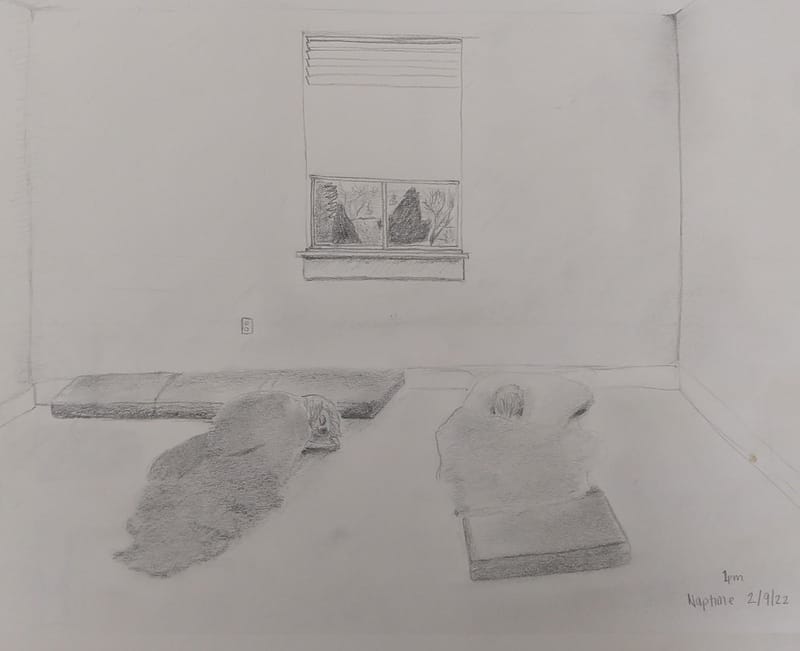
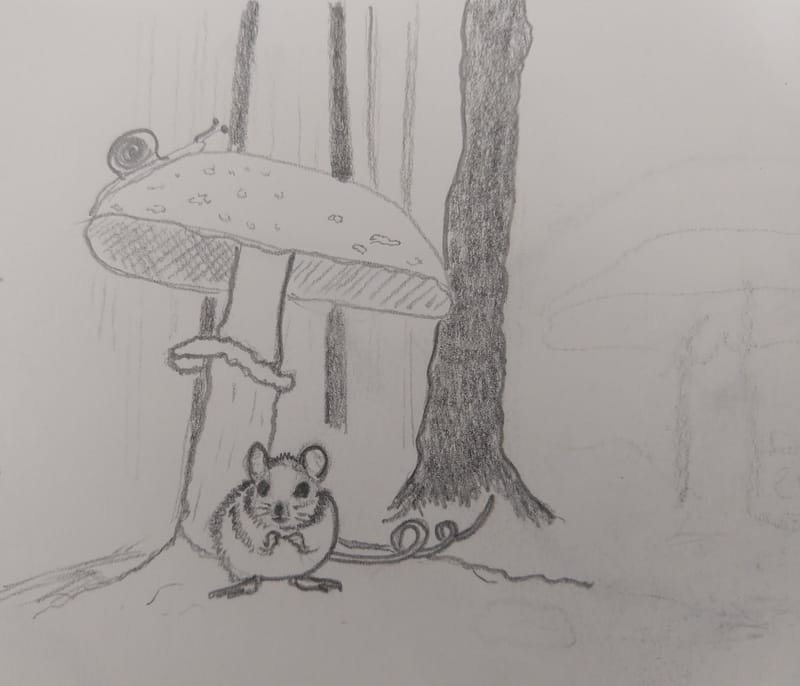
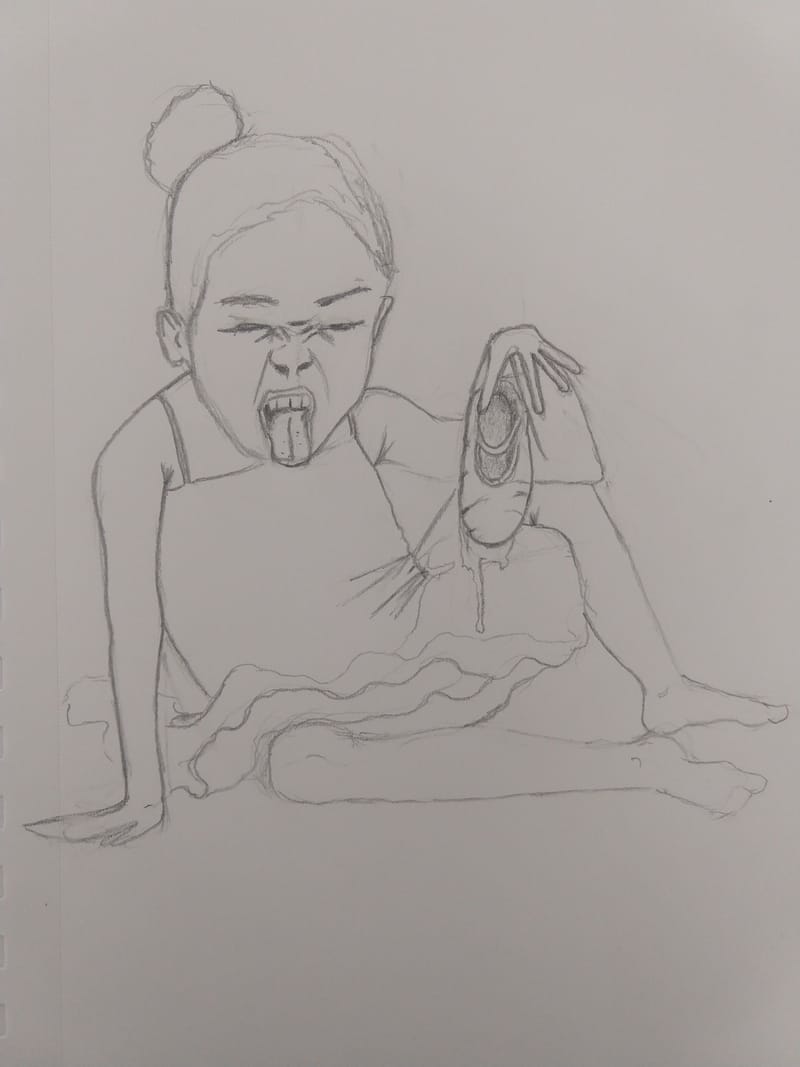
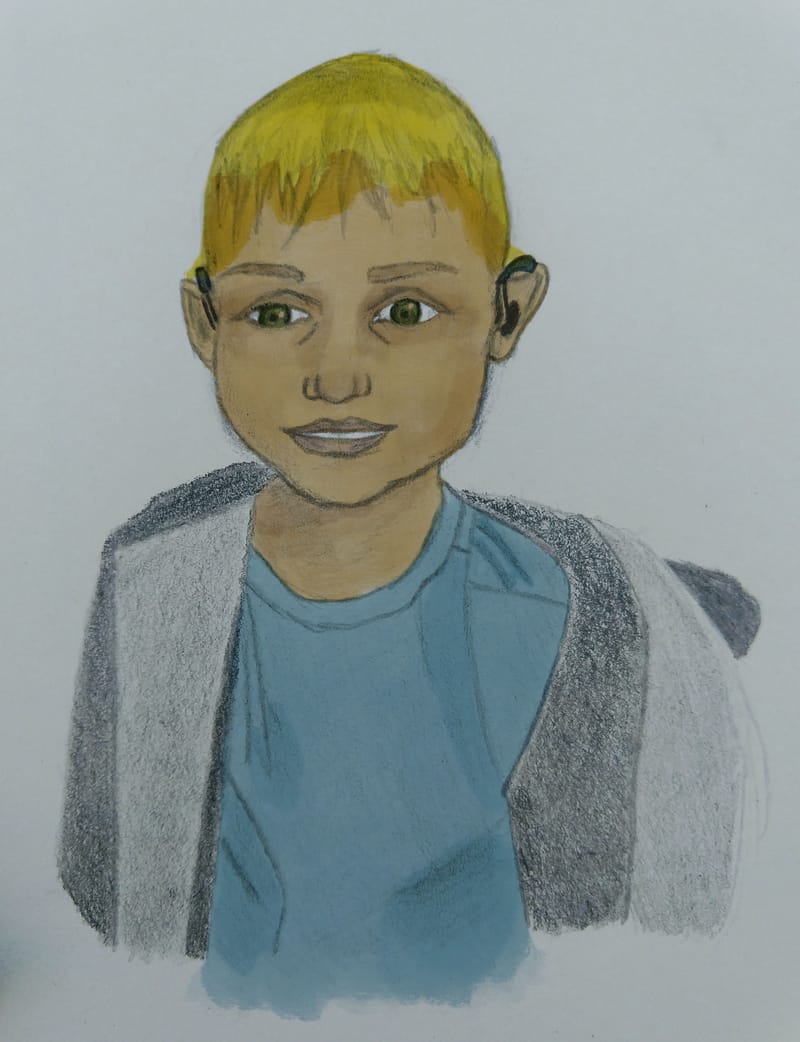
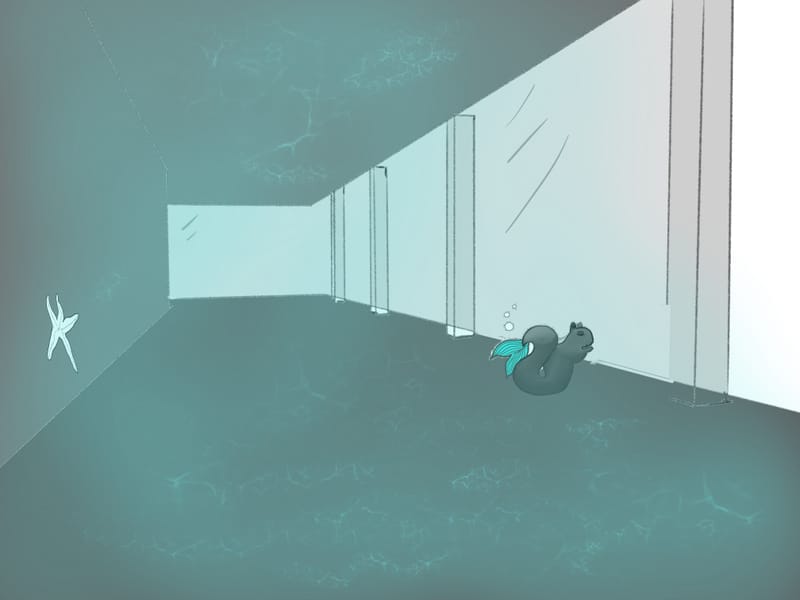
-
@katt this is a very supportive community don’t worry about us being nice, we don’t bite! I have been here going on three years and I have grown my skills exponentially with the help from everybody here and through courses at svs. Are you currently taking any art classes, either with svs or elsewhere? That is where you should start, take classes where you feel like you need work. As for developing your style you are off to a great start, looking at artists whose style you want to sort of emulate is perfect. Do some master copies, try and get inside their minds and see how and why they did something the way the did. As for procreate it is a lot to take in, but you just need to keep doing it, as often as you can spare, learning the different tools, etc. there are tons of tutorials you can find for help too. It took me these past two years to finally fall into a groove and develop my style. Also what helped me was finding the right brushes to give the desired effect I was looking for, I ended buying some on Etsy, they are fairly cheap. It’s really all experimental, I wish I had cut and dry answers for you, but it all depends on how much time and effort you willing and able to put into it. You’ve got a good foundation it looks like, good luck on your creative journey
-
@asyas_illos Hi,
I am going through all of the courses on SVS, starting with foundations. I haven't taken courses elsewhere, partially because there are SO many, and I didn't want to plunge my money into a course only to find out that it was for someone who was much more advanced than me (or conversely things that were a little too foundational). What you said about the brushes, I kind of had a feeling that a lot of it had to do with that, maybe I will just spend several weeks experimenting and buying brushes and doing tutorials on that.
You say it took you 2 years to fall into a groove, did you take on client projects before that, even if they were something like stock illustration or editorial? Just curious, and I think it will help me develop some realistic expectations. Thank you for the encouraging words! -
@katt nope I am not a professional YET, but I’ve only been actively pursuing a career in illustration for that time period. I knew my skill level wasn’t quite there yet, I had a lot to learn about composition and storytelling, not to mention I wasn’t totally sold on which style I liked to work in best. I only started working digital about three years ago. I was a big step for me because I am not a computer person AT ALL so it was extremely foreign to me.
-
@katt
Hi Katt,
I would really recommend that you take a few pieces from your favourite illustrators, and copy them as closely as possible. Doing this, gives you the feel for making the piece start to finish. The composition, the lighting, the color palette.. you’ll Learn so much about your favourite illustrations and their creators. After you finish one, do your own piece in the same manner. Then move on to the next favourite illustration. Render it, then Flip it into black and white. Take notes, jots things down. Consider it a study. It’s super super helpful. -
Hi Katt! Welcome to SVS! I'm loving your drawing concepts. So based on your art and also on the artists you are inspired by, it looks like you are going for a fairly realistic style that uses light and shadow. With that in mind, and thinking of things I utilize, here are some ideas to consider:
-
Keep brushing up on foundational skills. If you don't feel quite comfortable with perspective and/or constructing things out of simple 3d forms, keep working on them from time to time. That will help you with anatomy as well as lighting and shadow. If you are learning a subject look to your art influences to see how they handle it and you can either do a direct study of their work, or apply it to your own. For example if you are studying values, take an illustration from one of your influences and see how they use value to direct the viewer toward focal points. You could then do a master copy or make your own piece, trying out their value patterning.
-
Find procreate painting tutorials and follow them step by step so you can just focus on getting comfy with the program without worrying about anything else.
-
Identify one or two keywords for your piece. For example if it's "peaceful" and "loving", that will help you make decisions on the the lighting, colors, contrast, etc.
-
Try out mood/inspiration/reference boards. Here's an example:
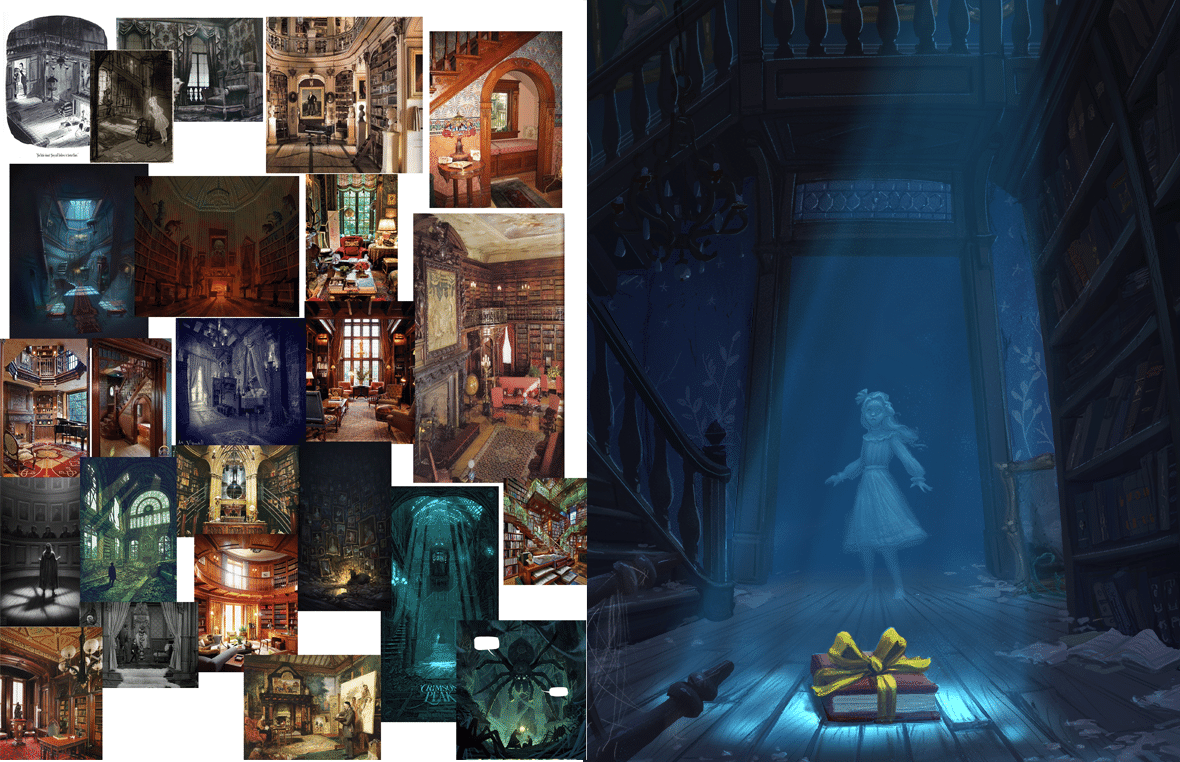
-
Learn how to take your own reference. The more comfy you are with your art foundations, the easier it will be to incorporate and change your reference to suit your needs. You can use real people, make mockups of scenes with toys, or even mock up a rough model with clay. I find this especially helpful with lighting and poses.
-
Do color/value studies before hand. They should be thumbnails size.
-
Occasionally do a WIP thread here. We can give advice as you work through a piece from start to finish. I wouldn't do this for every piece- you need time a space to work on your own, but it can help give some clarity and break throughs when you have people helping you through pieces every once in a while. Seeking feedback was a big part of me cementing perspective concepts.
Have you seen this video by Lee White? He talks about his illustration process. https://www.youtube.com/watch?v=h6u_g0RPiCA
Here's the steps he goes through in the video.
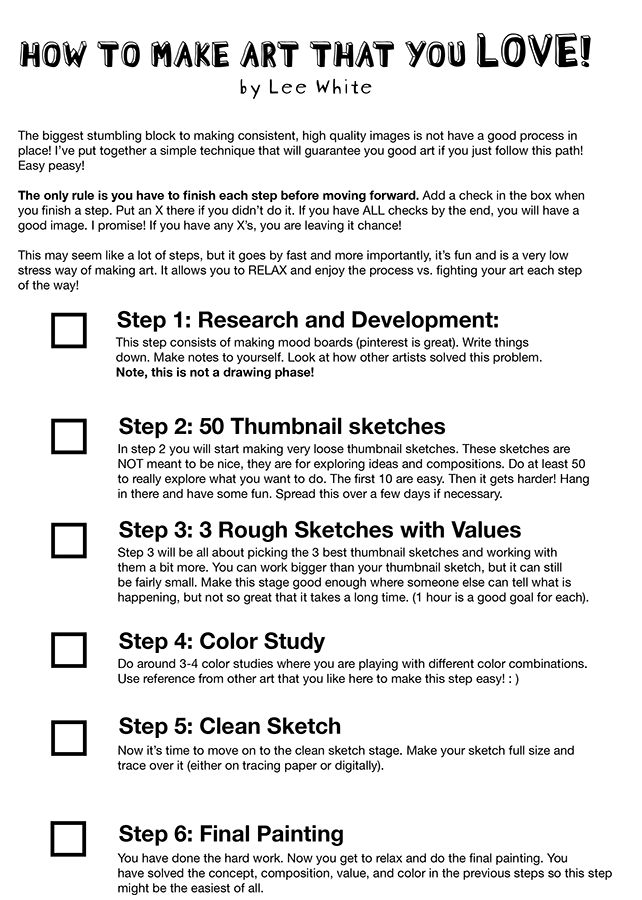
I feel like once you get more comfortable with a process, skills, and procreate, style will be easier to develop- whether that be naturally or deliberately.
-
-
@tessaw Thank you! I watched the vid/printed out the form and put it on my wall. I am going through the steps this next week. Thanks so much for your input!